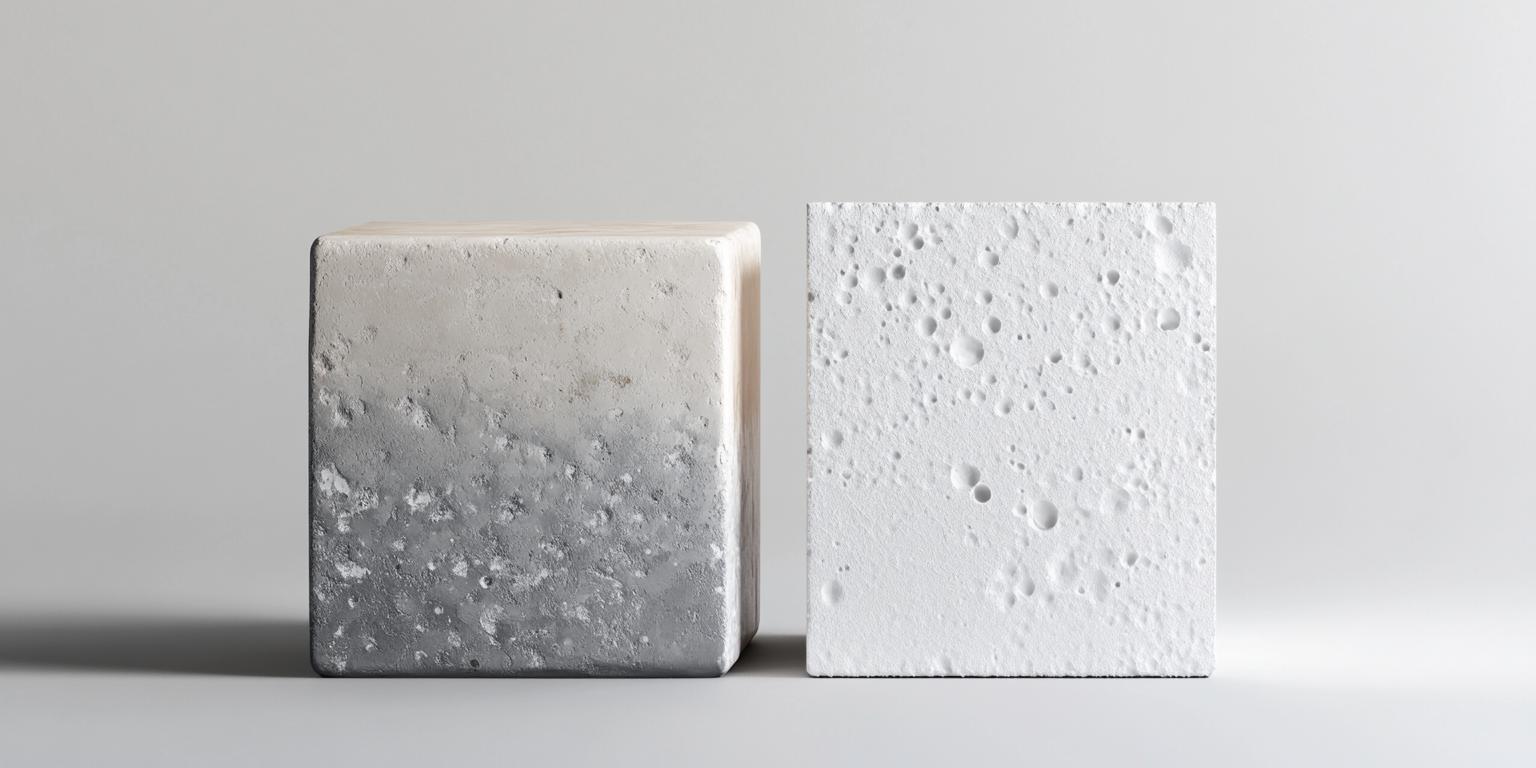
In the global refractory materials market, choosing the right product is crucial for industries dealing with high - temperature environments. Among various options, mullite bricks stand out as an excellent choice for high - alumina refractory products. Let's embark on a journey to uncover the mysteries of mullite bricks!
Mullite bricks are high - alumina refractory products with mullite (3Al₂O₃·2SiO₂) as the main crystalline phase. They are generally divided into sintered mullite bricks and fused mullite bricks. Each type has its own unique characteristics, catering to different industrial needs.
| Type | Characteristics |
|---|---|
| Sintered Mullite Bricks | They are made through a meticulous process of配料, high - pressure molding, and high - temperature firing above 1600°C. They offer good refractoriness, thermal shock resistance, and chemical stability. |
| Fused Mullite Bricks | Produced by the electric melting method, they have a more uniform structure and higher purity, with excellent high - temperature performance in some special applications. |
Sintered mullite bricks are crafted with great precision. The raw materials mainly include synthetic mullite clinker and high - alumina bauxite clinker. Here are the key steps:
Each step in the manufacturing process has a significant impact on the performance of the product. For example, high - temperature firing above 1600°C can make the mullite bricks have a refractoriness of up to 1790°C, which is much higher than that of ordinary refractory materials.
Mullite bricks have many outstanding advantages, such as high refractoriness, good thermal shock resistance, and strong chemical stability. These advantages make them widely used in various industries:
For instance, in a large - scale steel plant, the use of mullite bricks in the blast furnace lining has extended the service life of the furnace lining by 30% compared with traditional refractory materials, greatly reducing maintenance costs and improving production efficiency.

In conclusion, mullite bricks, as an outstanding high - alumina refractory product, offer remarkable performance and a wide range of applications. Their excellent refractory properties, combined with a well - crafted manufacturing process, make them the top choice for industries requiring high - temperature resistance. If you are looking for high - quality refractory materials, don't miss out on mullite bricks!
Ready to enhance your high - temperature operations with the best mullite bricks? Contact us now to learn more about our products and start your partnership with us!

